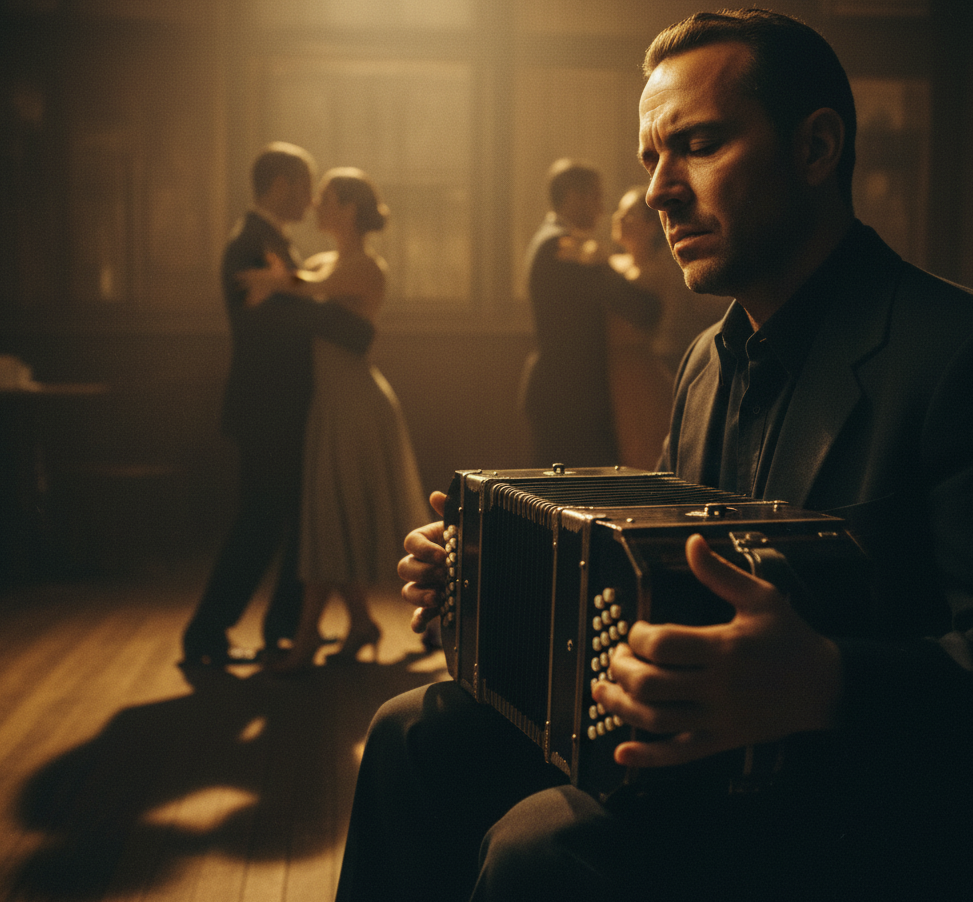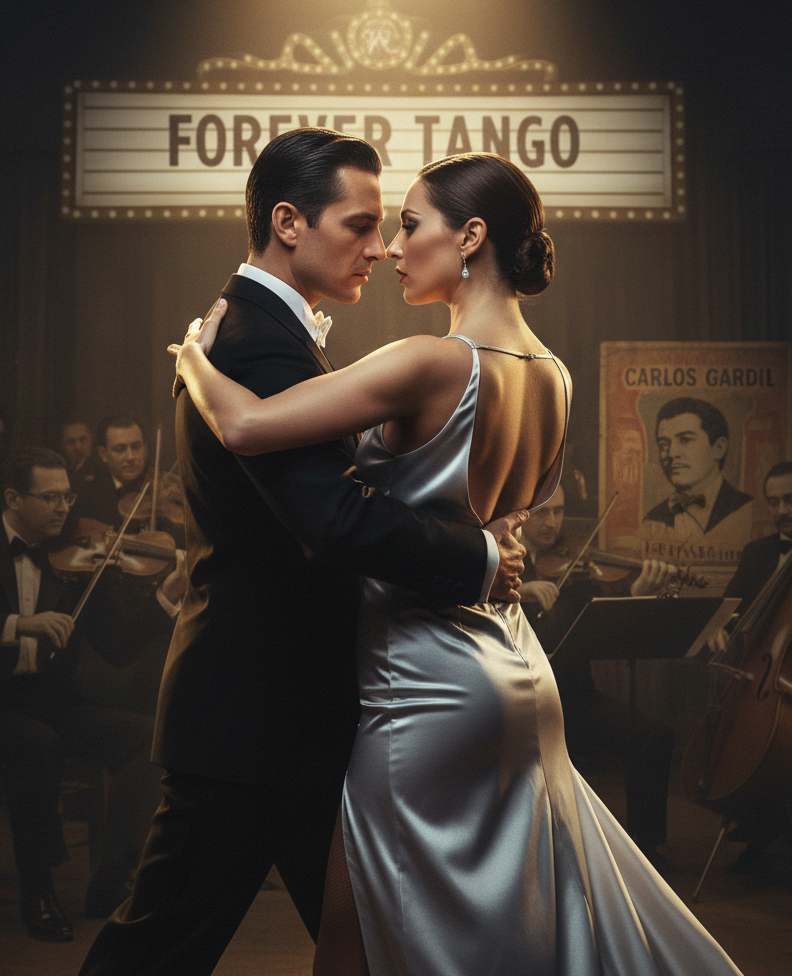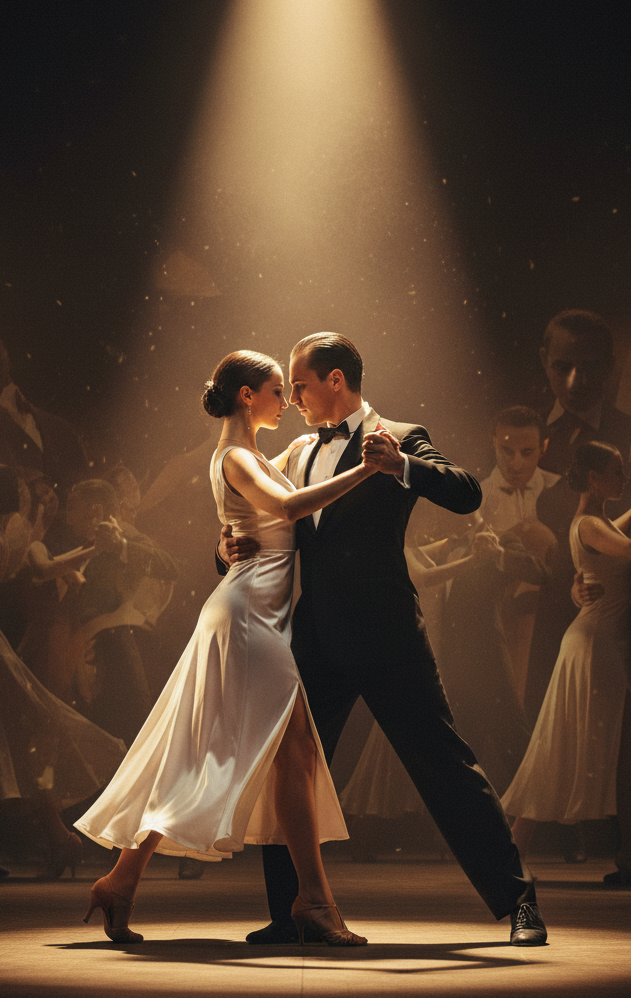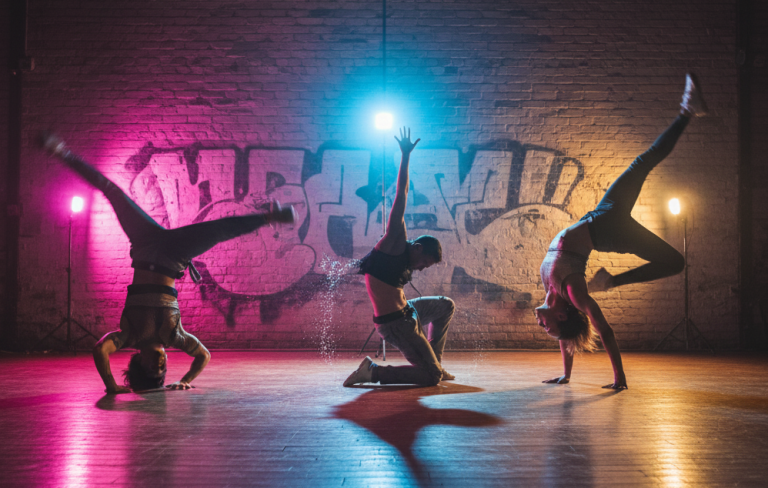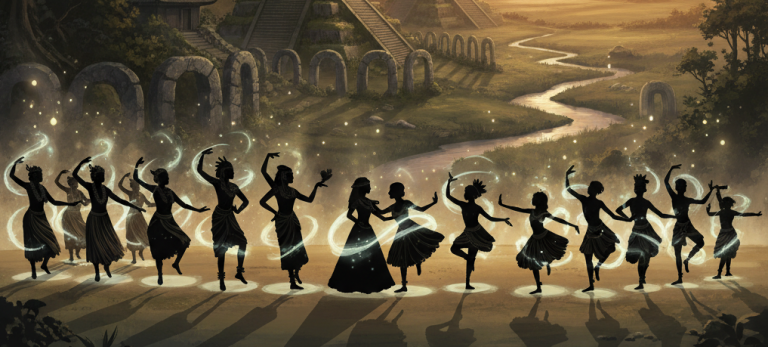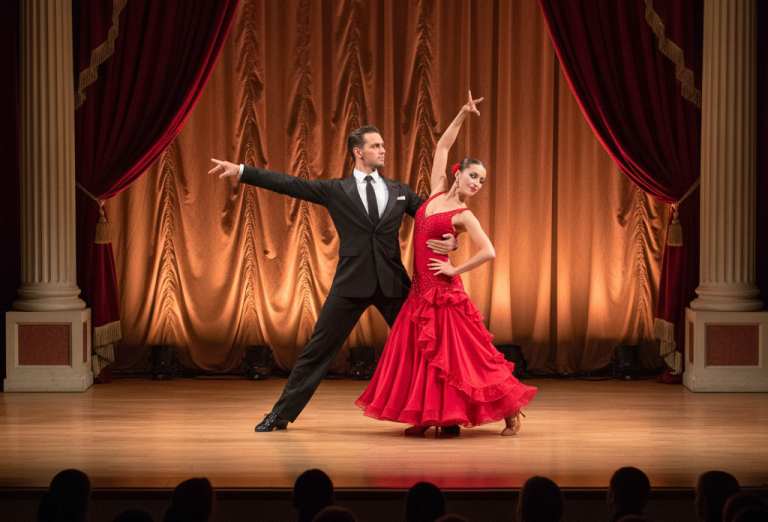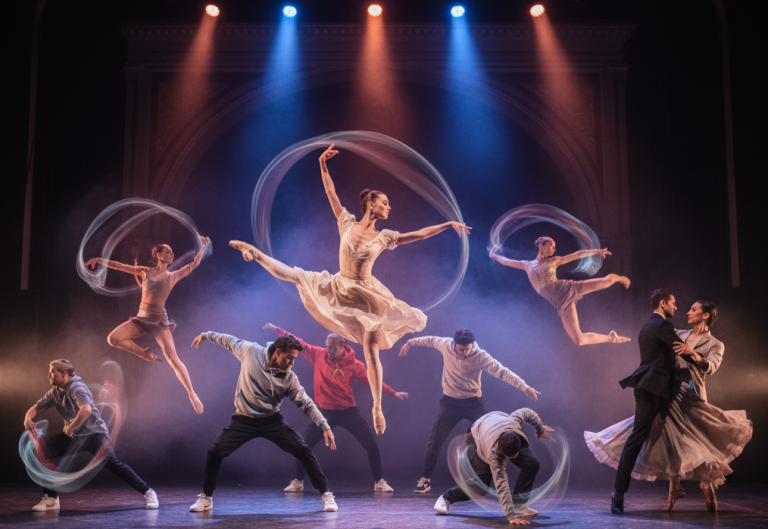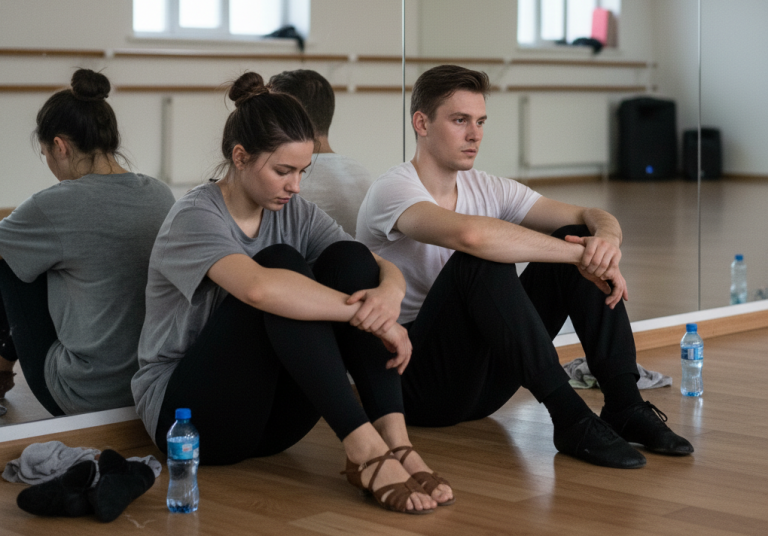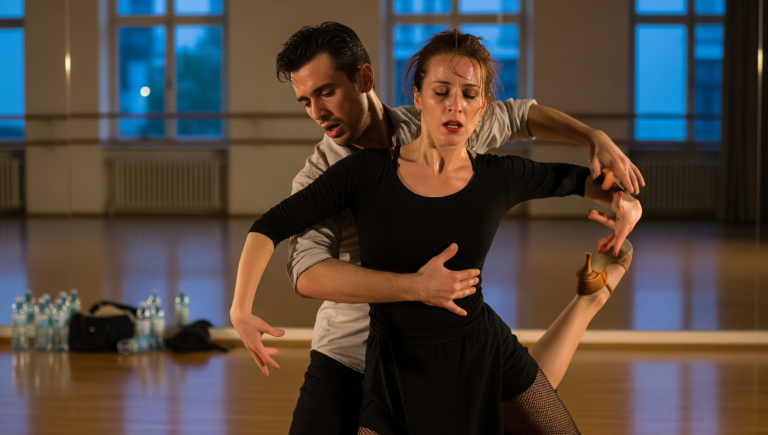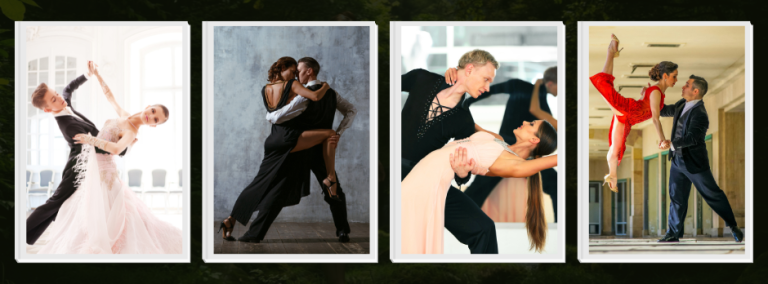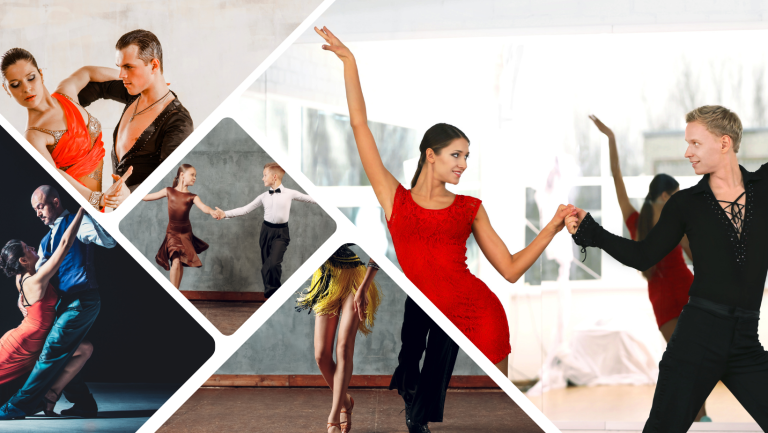This Dance Was Banned for Being Too Intimate
The lights dim. A violin hums low. Two silhouettes lock eyes across the floor—her breath catching, his hand hovering just above her waist. The room stills. Then, with one bold step, they draw close—too close for polite society.
This is Tango—the dance once banned for being “too intimate,” too scandalous, too real.
What began in the shadows of Buenos Aires became one of the most passionate, iconic dances in the world—a dance that dared to challenge what love, lust, and art could look like when wrapped around each other.
The Birth of a Scandal
Tango’s story began far from the glittering ballrooms we know today.
In the late 1800s, Buenos Aires was a chaotic city filled with European immigrants, freed slaves, and working-class locals—all struggling for survival and identity. From that mix of cultures, a new rhythm was born. It blended African candombe drums, Cuban habanera, and Argentine milonga.
The early Tango wasn’t graceful or refined. It was raw and improvised, a reflection of life on the streets. Men outnumbered women by nearly six to one, so they practiced together, mastering the footwork before dancing with women in bars or brothels. Those women—strong, witty, and bold—understood both survival and seduction.
Society whispered about this new dance before it ever reached the stage. It came from the underworld—from the poor, from immigrants, from those judged by the upper class. The elites sneered, yet they couldn’t look away.
The Forbidden Embrace
Tango’s danger lay in its closeness. Unlike the proper waltz, it demanded physical connection. Partners danced chest to chest, eyes locked, bodies breathing as one. Every step carried emotion—tension, longing, surrender.
For a conservative society, this was unacceptable.
By the early 1900s, Argentine authorities labeled Tango immoral. The Church condemned it for “excessive sensuality.” Men and women weren’t supposed to move like that in public. They weren’t supposed to feel like that in public.
But scandal has a strange way of making art irresistible.
The Music of Desire
At the heart of Tango lies its music—a haunting mix of melancholy and fire.
The bandoneón, a type of accordion brought by German immigrants, became its soul. Its sound, both sorrowful and seductive, echoed the emotions of the dance: the constant push and pull of yearning and release.
Every note feels like confession. Every silence feels like a heartbeat waiting to be answered.
Tango’s rhythm doesn’t chase perfection—it breathes. It flirts, stumbles, and sighs. It feels alive because it mirrors us—imperfect, passionate, human.
Tango’s Language: The Embrace
Tango isn’t memorized; it’s felt. Dancers learn to listen more than they move. The lead invites. The follower interprets. Together, they build a silent conversation through motion.
This connection made Tango revolutionary. It gave women power at a time when they had none. Within that embrace, she could choose to resist, delay, or surrender. Every movement became her response—her story.
That subtle defiance made Tango dangerous and liberating all at once.
Tango Around the World
By mid-century, Tango had evolved again. Hollywood captured its allure through films featuring Rudolph Valentino and other silver-screen icons. Audiences watched lovers glide beneath a spotlight, their chemistry simmering between movement and restraint.
In Argentina, Tango grew into a symbol of national identity. Orchestras filled the airwaves. Musicians like Carlos Gardel turned its lyrics into poetry that still haunts Buenos Aires streets today.
During the 1980s, Tango experienced a global rebirth. Stage shows such as Forever Tango and films like Scent of a Woman rekindled its legend. From Tokyo to Berlin, dancers embraced it as both a discipline and an art form.
Now, Tango isn’t just performed—it’s worshipped.
The Art of Control and Chaos
Tango is a paradox: both control and chaos, passion and precision.
Every step is a negotiation between power and surrender. Dancers must trust each other completely while keeping their individuality. That delicate tension gives the dance its electricity.
Each embrace tells a story—of heartbreak, longing, defiance, or reconciliation. The stage becomes a battlefield of emotions. One hesitation can change everything.
That risk makes Tango dangerous. That danger makes it unforgettable.
Tango Today: From Rebellion to Reverence
Today, Tango thrives in studios, competitions, and milongas from Buenos Aires to Seoul. Yet even in its modern form, it retains its rebellious soul.
In a world addicted to speed and screens, Tango demands presence. It teaches people to breathe, listen, and connect.
Dancers describe the embrace as coming home. Two strangers meet, hold, and exist in a shared moment that feels timeless.
It’s not about perfection—it’s about presence.
The Legacy of a Forbidden Dance
Tango’s transformation from scandal to art mirrors humanity’s own evolution. We once feared what we now celebrate.
What shocked polite society now fills grand theaters.
What lived in shadows now shines beneath chandeliers.
Because passion, no matter how forbidden, always finds its way back to the light.
-
-
-
-
Payment Processors Compared for Dance Studio Manager (DSM)
PROCESSORS BEST FOR PRICING MODEL HARDWARE WHY IT WORKS WELL INSIDE DSM Paystri (DSM Preferred Partner) Studios wanting personalized rates, high customer support, and a strong DSM relationship. “Meet or beat” pricing for DSM users Often competitive for both low and high-volume studios Chip / swipe / tap readers (varies by region) DSM has a…
-
-
-
Are Dancers the Ultimate Multi-Sport Athletes?
Sport Key Skills Overlap with Dance Basketball Vertical jump, agility, coordination Jump height, lower-body strength Soccer Endurance, footwork, rhythm Aerobic capacity, movement timing MMA/Boxing Reaction time, body control Real-time adaptation, neural speed Gymnastics Balance, flexibility, choreography Shared technical elements Figure Skating Flow, control, artistry Same fusion of sport + art Track & Field Explosive power,…
-
-
-
-
-

